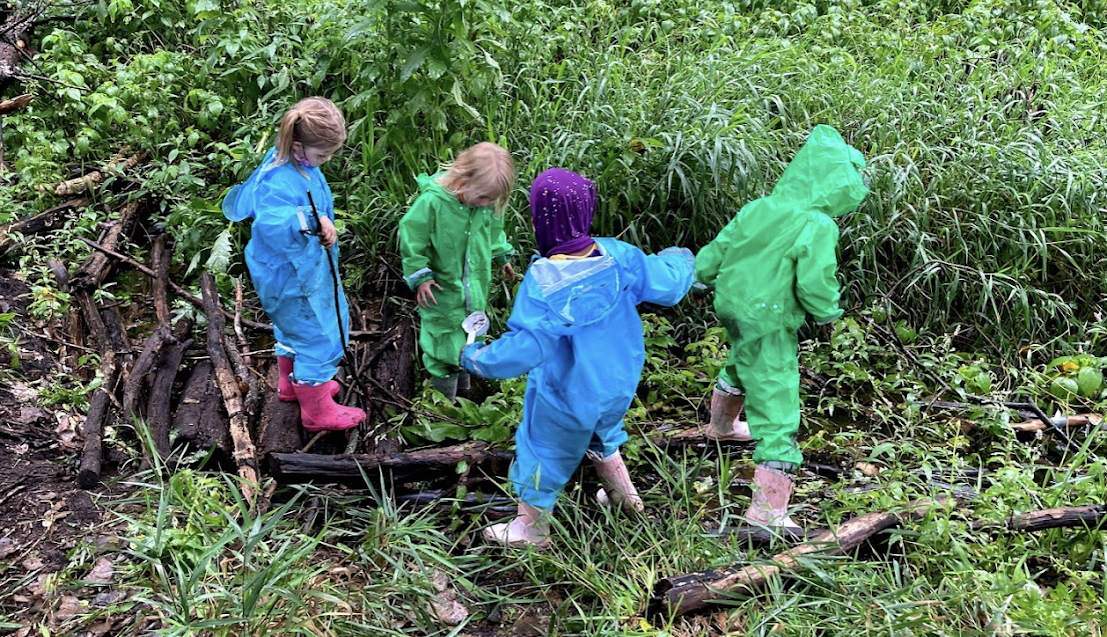You will need strips of elastic (found in fabric stores), adhesive Velcro and laminated letter cards. Attach 3-4 pieces of Velcro to a 5 inch strip of elastic. Attach the other side of the Velcro to the backs of the laminated letter cards. When teaching a decodable word stretch the word out and pronounce each letter sound. Slowly relax the Velcro saying the sounds a little more quickly until the word is said.
 Note: For this word I would make the sounds of /l/,/i/, /k/ and introduce the concept of the silent e
Note: For this word I would make the sounds of /l/,/i/, /k/ and introduce the concept of the silent e



















 When the paint is dry, cut triangle shaped slits in both sides of the tube.
When the paint is dry, cut triangle shaped slits in both sides of the tube. Slide the tissue paper into the slits. Add ears, eyes, faces and claws with a white crayon. Wiggle eyes are a fun option.
Slide the tissue paper into the slits. Add ears, eyes, faces and claws with a white crayon. Wiggle eyes are a fun option. Bat Books
Bat Books







